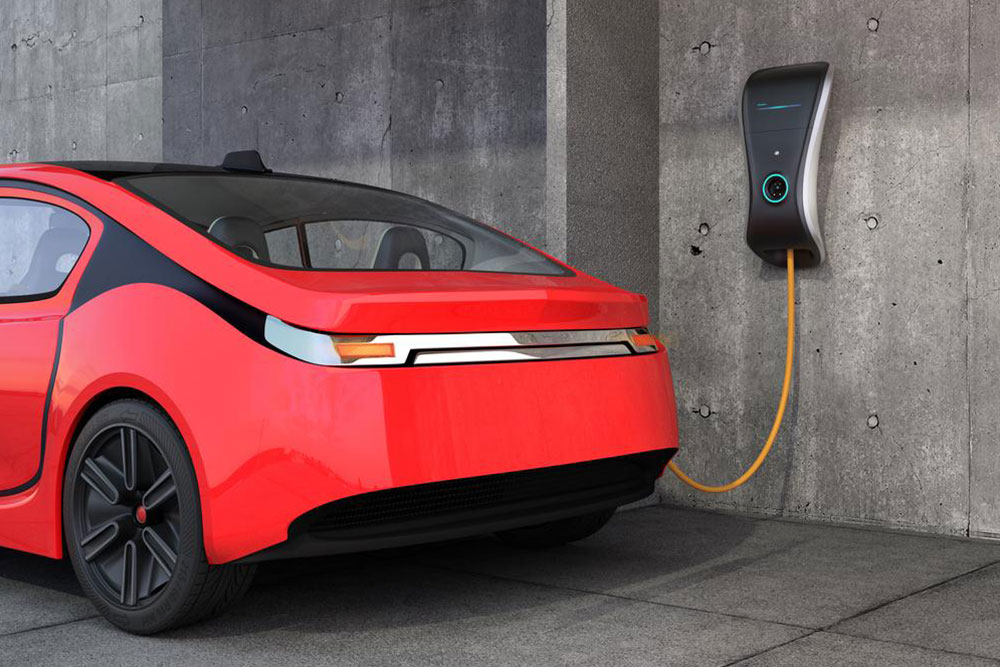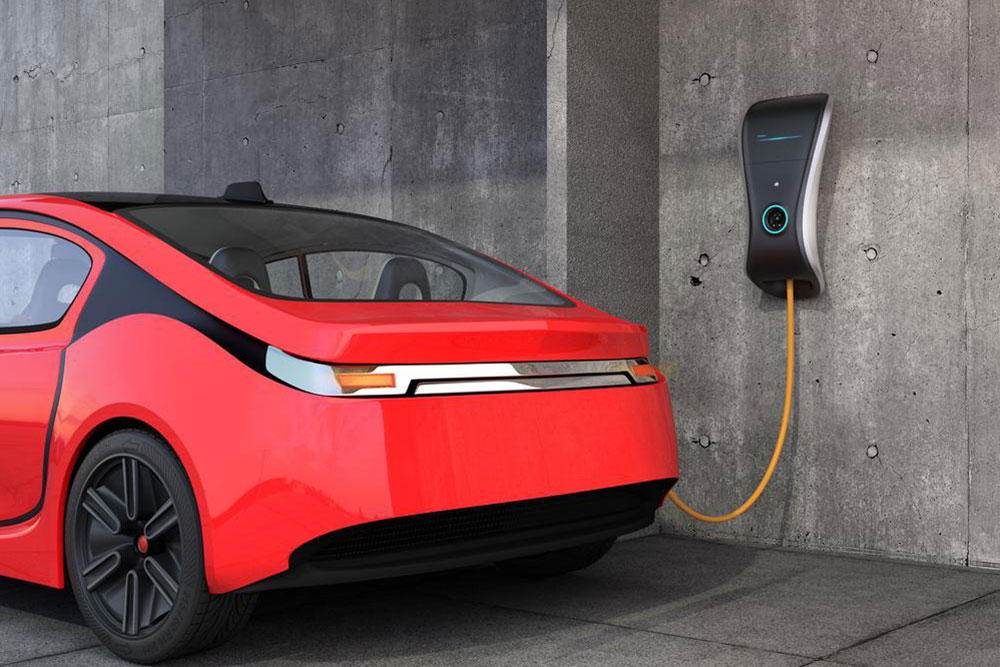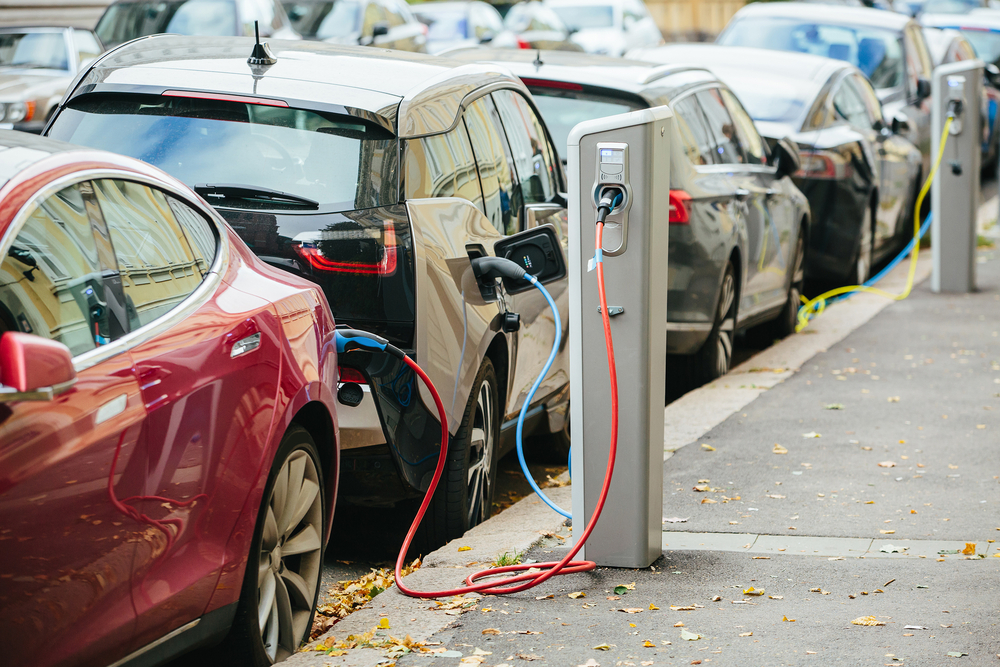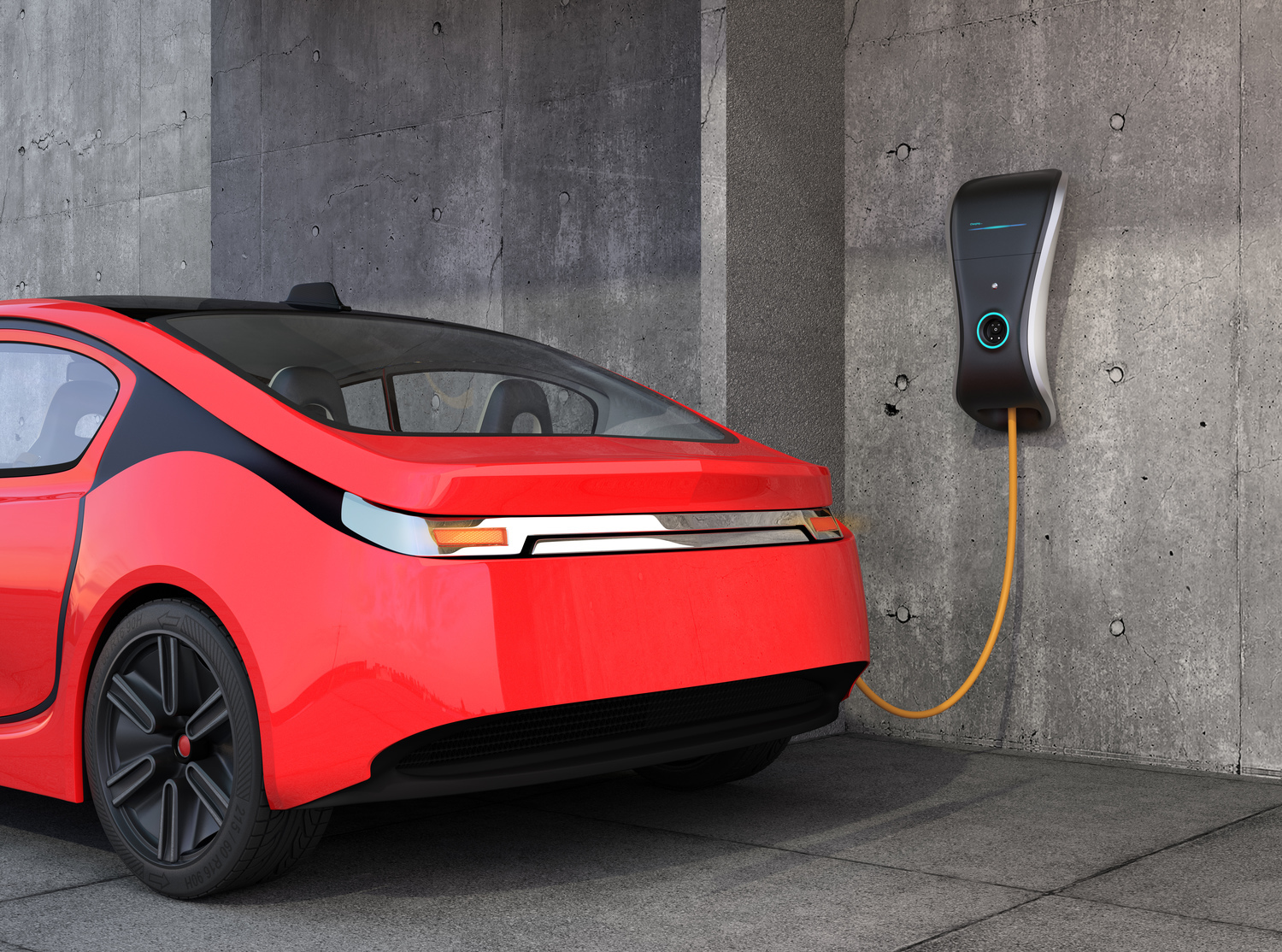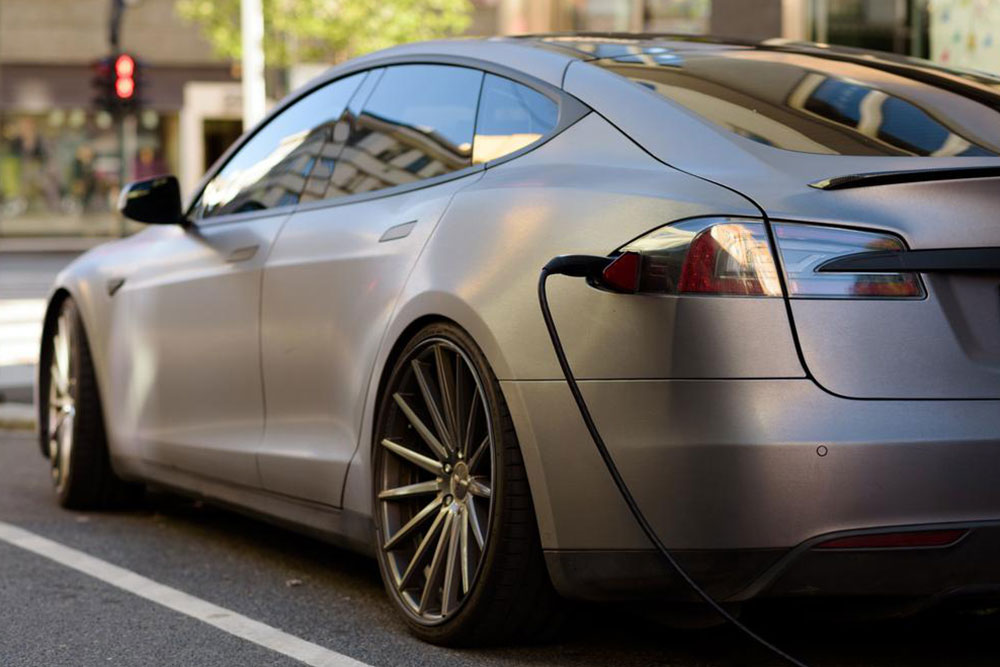Overcoming Barriers: In-Depth Analysis of Electric Vehicle Adoption Challenges
This comprehensive article examines the major challenges hindering the widespread adoption of electric vehicles. It covers consumer skepticism, technological concerns, charging infrastructure issues, affordability hurdles, and perceptions about EVs. The article offers insights into how these obstacles can be addressed through technological advancements, infrastructure development, policy support, and consumer education, paving the way for a sustainable transportation future. Exploring these complex factors helps industry stakeholders understand the barriers and opportunities vital to accelerating electric mobility and reducing environmental impact.
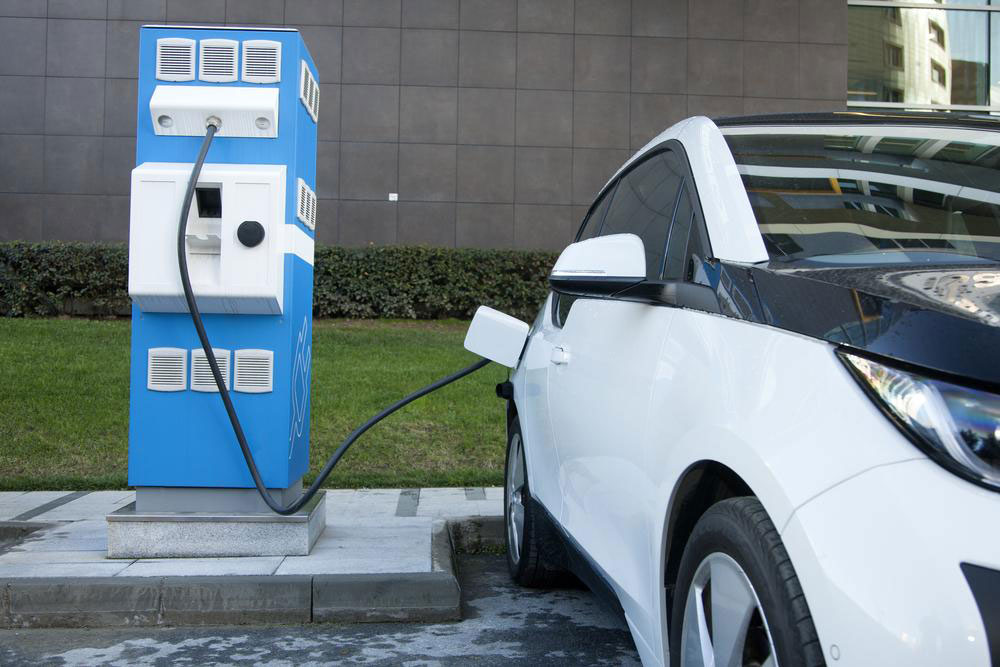
Overcoming Barriers: In-Depth Analysis of Electric Vehicle Adoption Challenges
Electric vehicles (EVs) have become a focal point in the global push towards sustainable transportation and reducing carbon footprints. Despite significant technological advancements and increased environmental awareness, EVs have yet to reach mass-market penetration at the levels many industry experts anticipated. Understanding the multifaceted challenges impeding widespread adoption is essential for manufacturers, policymakers, and consumers alike. This comprehensive analysis explores the key hurdles facing electric vehicle adoption, examines the underlying reasons for consumer hesitancy, and discusses potential solutions to accelerate this transformative shift in transportation.
One of the primary obstacles is consumer skepticism regarding the underlying technology of EVs. Questions about the reliability, durability, and overall performance of electric cars persist among potential buyers. Many consumers are accustomed to traditional internal combustion engine vehicles and harbor concerns about the longevity of batteries, maintenance costs, and vehicle dependability over time. This skepticism is compounded by a general lack of familiarity with electric vehicle technology, which can be perceived as new and unproven, especially in regions where EV sales are still emerging.
Additionally, rapid technological advancements in the EV industry often lead to perceptions that current models may quickly become obsolete. Consumers worry that investing in an electric vehicle today might mean facing rapid depreciation or missing out on future, more advanced models. This concern is particularly relevant given the fast-paced development cycles within the EV sector, where improvements in battery capacities, vehicle range, and charging capabilities continue at a swift pace.
Range anxiety remains one of the most significant barriers inhibiting consumer confidence in electric vehicles. Despite improvements, many models still cannot match the driving range of traditional gasoline-powered cars, especially under real-world driving conditions or in extreme weather. This limitation can be particularly problematic for individuals commuting longer distances or engaging in activities that demand high mileage, leading them to opt for larger vehicles like SUVs or trucks. These vehicles not only offer more space and comfort but also tend to have higher fuel capacities, reducing concerns about running out of power on the road.
Charging infrastructure presents another major challenge to EV adoption. Unlike gasoline stations, which are densely distributed and easy to access, charging stations remain unevenly spread, especially in rural or less developed areas. Consumers often worry about the availability of convenient charging options, the time required to recharge, and the costs involved. The current charging networks are rapidly expanding, thanks to investments from governments and private companies; however, the perceived inconvenience of charging continues to discourage some potential buyers from making the switch.
Affordability is another critical aspect influencing EV adoption. Despite reductions in prices over the past decade, electric vehicles still tend to be more expensive than comparable internal combustion engine vehicles, primarily due to battery costs. This price gap makes EVs less accessible to a broad segment of consumers, especially in developing countries or among budget-conscious buyers. While government incentives, tax credits, and subsidies help offset costs in some regions, these benefits are not universally available or sufficient to eliminate the price disparity entirely.
Furthermore, concerns about the long-term sustainability of battery technology—such as battery degradation, recycling challenges, and raw material sourcing—add to consumer apprehensions. While advancements in battery chemistry and manufacturing are ongoing, many consumers remain cautious about the future performance and environmental impact of EV batteries.
In terms of perception, many potential buyers associate electric vehicles with niche or luxury markets, viewing them as elitist or impractical for everyday use. Bridging this perception gap requires extensive consumer education and awareness campaigns highlighting the broader benefits of EVs, including lower operating costs, reduced emissions, and technological innovations that enhance convenience and safety.
Manufacturers like Tesla have made significant strides in promoting electric vehicles, but challenges remain in scaling production and reducing costs to make EVs accessible to the masses. Tesla's promise of affordable, mass-produced models such as the Model III has generated widespread interest; however, until these models are brought to market at lower price points, many enthusiasts prefer to wait for more affordable options. This cautious approach is understandable, given the high costs associated with initial EV investments and the uncertainties surrounding vehicle technology evolution.
Ultimately, the journey towards mainstream electric vehicle adoption involves overcoming issues related to technology confidence, infrastructure development, affordability, and consumer perceptions. Concerted efforts from governments, industry stakeholders, and consumers are essential to tackle these barriers effectively. Enhanced investment in charging networks, advancements in battery technology, reductions in production costs, and educational initiatives can help build trust and convince more people to embrace electric mobility. As these challenges are addressed over time, the transition to cleaner, more sustainable transportation will become increasingly feasible, ultimately transforming the automotive landscape and contributing significantly to global environmental goals.
